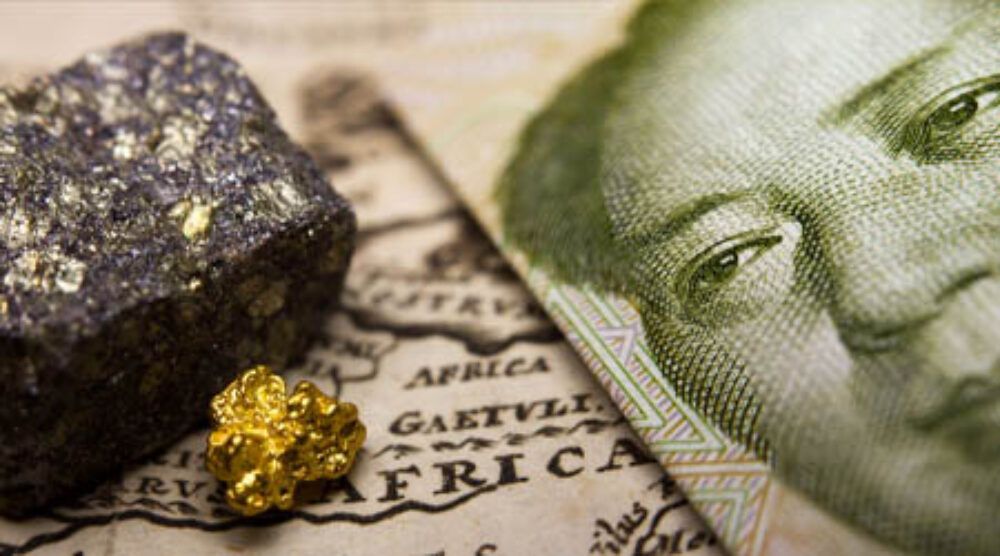EDUADO ROCA, AKIHIRO OMURA AND JOHN FAN |
Heightened geopolitical tension is drawing increased attention from businesses and financial markets. Geopolitical risk, occurring as Schroders suggests when there is a threat to the normal relationships between countries or regions, is the central focus. While the risks arising from geopolitics can affect business in many ways, we do see an increasing interest in the supply and international trade of natural resources.
Our academic research titled “Geopolitics and Rare Earth Metals”, investigates, for the first time, whether the international trade of rare earth elements (REEs) is affected by geopolitical tensions. Indeed, we find empirical evidence that links the pricing of REEs to the level of geopolitical tension.
REEs are said to be the “vitamins” and “spice” of a modern economy because of the crucial role they play in new technologies. Their wide applications range from electric vehicles, wind turbines to defence equipment. Given the strategic and economic value of REEs, it is largely understood that supply disruptions may have a severe impact on the world economy. However, the magnitude of that impact is not well understood.
China controls the global supply of REEs. Former leader, Deng Xiaoping made the point during the 1990s, “There is oil in the Middle East; there is rare earth in China”. From that time, China has positioned REEs as strategic commodities with some political scientists claiming the country will use REEs as a geopolitical tool for strategic gain.
In 2010, China cut export quotas for REEs by 40 percent causing the price of REEs to surge. In response, the U.S., the European Union, and Japan brought the case to the World Trade Organisation (WTO). Some criticised the move claiming that China’s reduction in export quota was meant to conserve resources and protect the environment (as REE production involves groundwater pollution). Regardless of China’s real intention, the WTO’s Dispute Settlement Panel ruled against China in 2014.
While there is increasing recent commentary on this issue, our research looks more deeply at patterns of behaviour over time. We analysed 30 years of rare earth metals imports by Japan to determine whether there is evidence that this has been impacted by geopolitical risks (as measured by the geopolitical risk index introduced by Caldara and Iacoviello). Japan offers an important case study given t’s role as one of the largest importers of REEs (and major trading partner of China in REEs). The analysis also covered REE imports of Japan from Brazil, the U.S. and Vietnam.
The results of our investigation clearly show a link between instances of geopolitical tension and the price of rare earth metals. In addition, increases in geopolitical tension appear to push down the total value of trade in REEs (especially for the rare earth metals imported from China) as a result of the reduction in the volume of REEs traded. In fact, we found this to be the case during the 2010-2014 REE trade dispute with China.
Since rare earths, as mentioned, are crucial elements in the production of consumer products, renewables, green, industrial, and defence products, our analysis suggests that the impact of geopolitics on the REEs trade is likely to be more persistent than portrayed by the mainstream media. Geopolitics tends to affect the REE markets continuously, beyond those times when major diplomatic disputes take place. Hence, geopolitics isn’t rare on earth!
Professor Eduardo Roca, Department of Accounting, Finance and Economics, Griffith University and Griffith Asia Institute members, Dr Akihiro Omura and Dr John Fan.
The full journal article is currently in review, and will be publicised when published.








